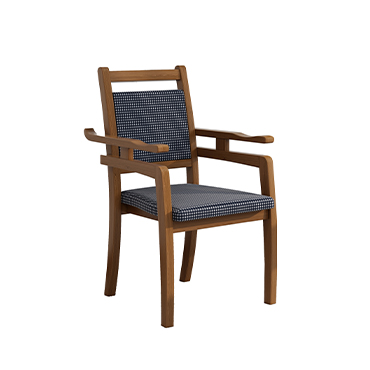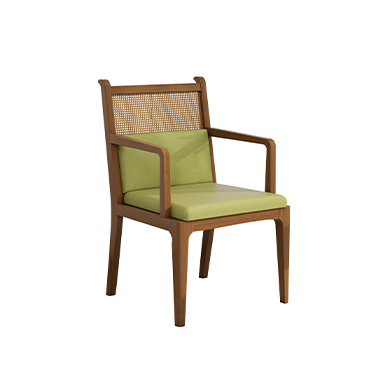How Family Caregivers Can Keep Older Adults Safe During Winter
Winter can pose serious risks for older adults, especially during extreme cold or snow. Family caregivers play a crucial role in ensuring seniors remain safe, warm, and healthy throughout the season.
Here are practical strategies for protecting older adults during winter months:
1.Prepare an Emergency Kit
Ensure your loved one has essential supplies in case they cannot leave home or you cannot reach them. Key items include:
Non-perishable food and bottled water (about one gallon per person per day, for a week).
Flashlight and extra batteries.
Personal hygiene products, can opener, plastic plates, cups, and utensils.
Fully charged mobile phone and backup power source.
Necessary medications and medical supplies—consider arranging prescription delivery to avoid winter shortages.
2.Create an Emergency Plan
List emergency contacts and post them in an accessible location.
Ensure your loved one has access to a personal emergency response system or medical alert device.
Identify safe locations they can go to if the power goes out.
Ensure someone has a spare key to their home for emergencies.
For any medical devices that require electricity (like oxygen machines), ensure there is a backup power source or generator.
3.Ensure Safe Heating
Verify that the heating system is functional and filters are changed.
Check windows and doors for drafts.
Maintain indoor temperatures at least 68°F (19°C) to prevent hypothermia.
Consider smart thermostats to monitor temperature remotely.
If using space heaters, ensure they are enclosed, have automatic shut-off, and are placed safely to avoid trips or fires.
Avoid using ovens or unsafe methods for heating.
Keep smoke and carbon monoxide detectors functional.
4.Prevent Falls on Ice and Snow
Keep pathways and stairs clear and well-maintained.
Install handrails on stairs and walkways.
Encourage seniors to avoid going out in severe weather whenever possible.
Arrange for grocery delivery or other home services to minimize outdoor trips.
If travel is necessary, use shoes with good traction and provide salt or sand to prevent slipping.
5.Maintain Hydration and Health
Older adults may drink less in cold weather—encourage warm beverages like tea.
Ensure adequate vitamin D intake and at least 10 minutes of sunlight per day.
Dress in layers to maintain warmth indoors and outdoors.
Watch for signs of frostbite (red, painful skin) and hypothermia (body temperature below 95°F / 35°C, confusion, shivering).
6.Use Technology to Monitor Safety
Enable weather alert notifications on phones or apps.
Consider video calls or cameras (with consent) to check on seniors remotely.
Teach seniors how to use video call options for regular check-ins.
Monitor changes in appearance or behavior, which can indicate health issues.
7.Build a Support Network
Ensure that someone nearby can help—family members, friends, neighbors, or volunteers.
Consider professional caregivers for regular check-ins, even if only short-term.
Ensure social connections are maintained to prevent isolation.
8.Prevent Isolation and Promote Engagement
Arrange transportation for social activities, religious services, or appointments.
Encourage maintaining a list of contacts to call regularly.
Regular interaction helps prevent loneliness and associated health risks.
By following these strategies, family caregivers can reduce winter-related risks, maintain seniors’ safety, and support their independence and well-being during the colder months.





